Silver Torch Cactus Facts – Learn About Silver Torch Cactus Plants


Common plant names are interesting. In the case of Silver Torch cactus plants (Cleistocactus strausii), the name is extremely characterizing. These are eye-catching succulents that will astound even the most jaded cactus collector. Keep reading for Silver Torch cactus facts that will astonish and make you yearn for a specimen if you don't already have one.
Cacti come in a dazzling array of sizes, forms, and colors. Growing a Silver Torch cactus plant will provide your home with one of the most stunning examples of these succulents. Make sure you have plenty of room for the multiple 10 foot (3 m.) tall stems.
Silver Torch Cactus Facts
The genus name, Cleistocactus, comes from the Greek "kleistos," which means closed. This is a direct reference to the plant's flowers which don't open. The group is native to the mountains of Peru, Uruguay, Argentina, and Bolivia. They are columned plants that generally have numerous stems and come in many sizes.
Silver Torch itself is quite large but can be used as a potted plant. Interestingly, cuttings from this cactus rarely root, so propagation is best through seed. Hummingbirds are the chief pollinator of the plant.
About Silver Torch Plants
In the landscape, the potential size of this cactus makes it a focal point in the garden. The slender columns are comprised of 25 ribs, covered in areoles that bristle with four 2 inch (5 cm.) light yellow spines surrounded by 30 to 40 shorter white, almost fuzzy spines. The whole effect actually looks like the plant is in a Muppet suit and simply lacks eyes and a mouth.
When plants are old enough deeply pink, horizontal flowers appear in late summer. Bright red fruits form from these blooms. USDA zones 9 and 10 are suitable for growing a Silver Torch cactus outdoors. Otherwise, use it in a greenhouse or as a large houseplant.
Silver Torch Cactus Care
This cactus needs full sun but in the hottest regions, it prefers some shelter from the midday heat. The soil should be free-draining but does not have to be particularly fertile. Water the plant spring through summer when the top of the soil is dry. By fall, reduce watering to every five weeks if the ground is dry to the touch.
Gardening tips, videos, info and more delivered right to your inbox!
Sign up for the Gardening Know How newsletter today and receive a free copy of our e-book "How to Grow Delicious Tomatoes".
Keep the plant dry in winter. Fertilize with a slow-release food in early spring that is low in nitrogen. Silver Torch cactus care is similar when potted. Re-pot every year with fresh soil. Move pots indoors if a freeze threatens. In the ground, plants can tolerate a brief freeze without significant damage.

Bonnie Grant is a professional landscaper with a Certification in Urban Gardening. She has been gardening and writing for 15 years. A former professional chef, she has a passion for edible landscaping.
-
 Looking For Plants To Give You The Soft And Fuzzies? Try These 5 Fuzzy Leaf Plant Options
Looking For Plants To Give You The Soft And Fuzzies? Try These 5 Fuzzy Leaf Plant OptionsLovers of texture, drama, silver foliage and tactile plants will adore these special sensory garden additions. These fuzzy leaf plant options will leave you all aglow
By Susan Albert
-
 Get Ready For A Summer Of Hummers! Grow These Full Sun Hummingbird Plants and Flowers
Get Ready For A Summer Of Hummers! Grow These Full Sun Hummingbird Plants and FlowersIf you’re lucky enough to enjoy a sunny backyard, make sure you are maxing out on your pollinator opportunities and grow these full sun hummingbird plants and flowers
By Tonya Barnett
-
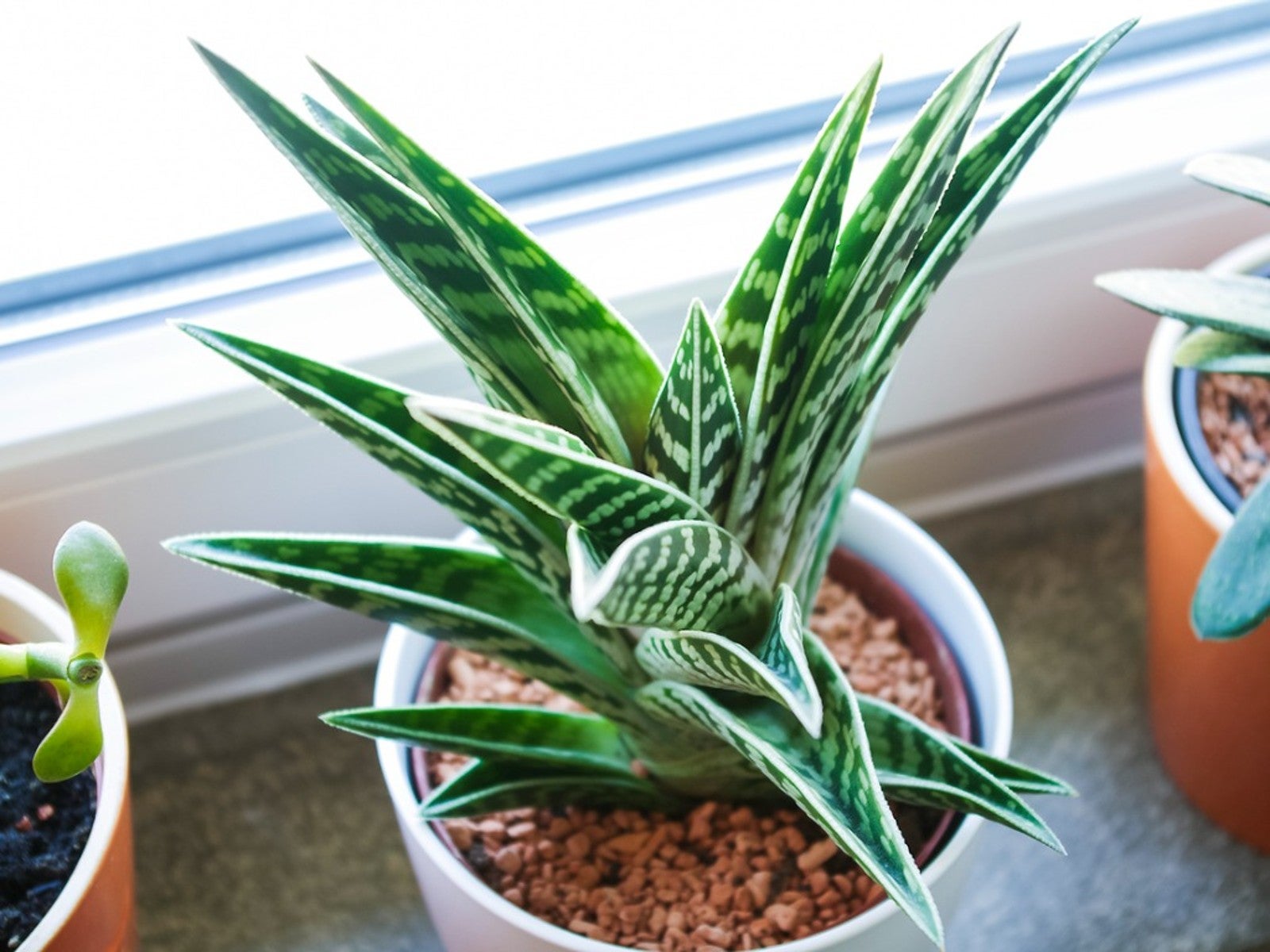 Variegated Succulents To Add To Your Plant Collection
Variegated Succulents To Add To Your Plant CollectionRead about some of the pretty variegated species that add beauty and interest to your succulent collection.
By Becca Badgett
-
 How To Protect Succulents And Cacti From Rain
How To Protect Succulents And Cacti From RainRain has the potential to cause damage to our cacti and succulents. However, when planted in proper soil, rainfall may perform as just a deep watering. Read on for more.
By Becca Badgett
-
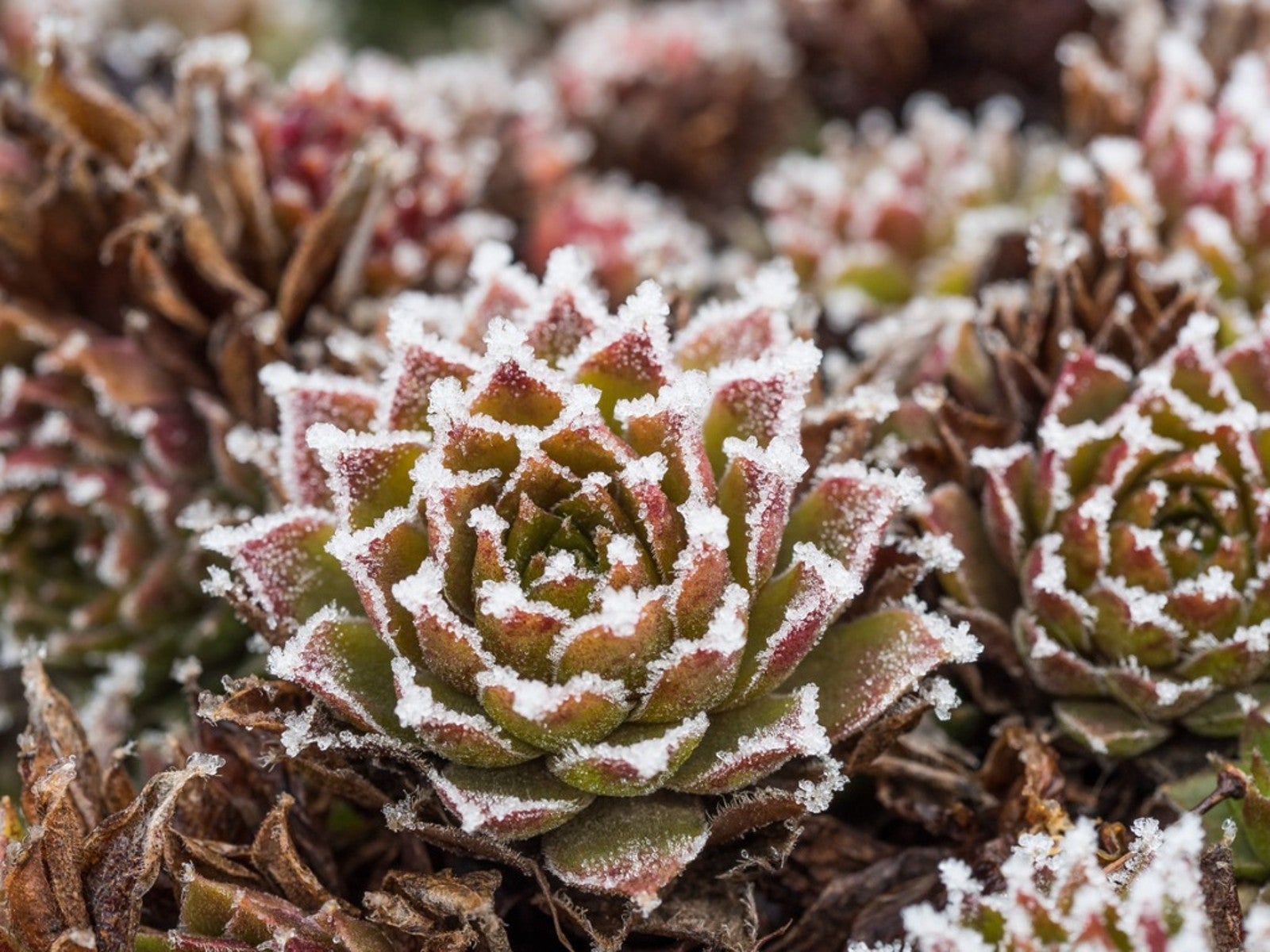 Succulents and Frost: How To Save A Succulent From Frost Or Freeze
Succulents and Frost: How To Save A Succulent From Frost Or FreezeCan succulents withstand cold? Succulents and frost don't traditionally go together and can result in damage, but you may be able to save frozen succulents.
By Bonnie L. Grant
-
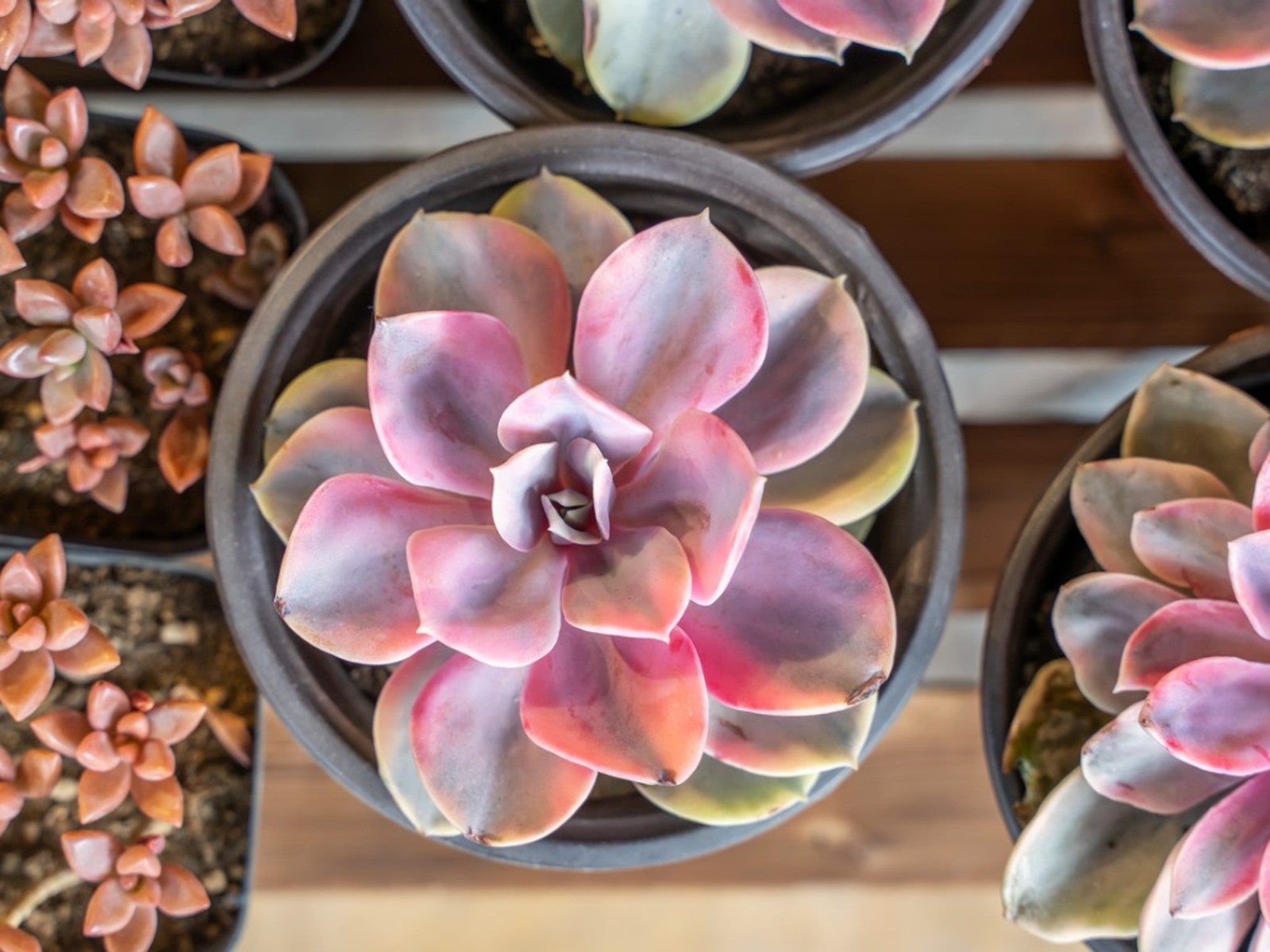 Pink Succulents Varieties To Try: How To Grow Perfect Pink Succulent Plants
Pink Succulents Varieties To Try: How To Grow Perfect Pink Succulent PlantsPink succulents may display the color on leaf edges or with streaks or blotches mingled throughout the foliage. Here are our favorites.
By Becca Badgett
-
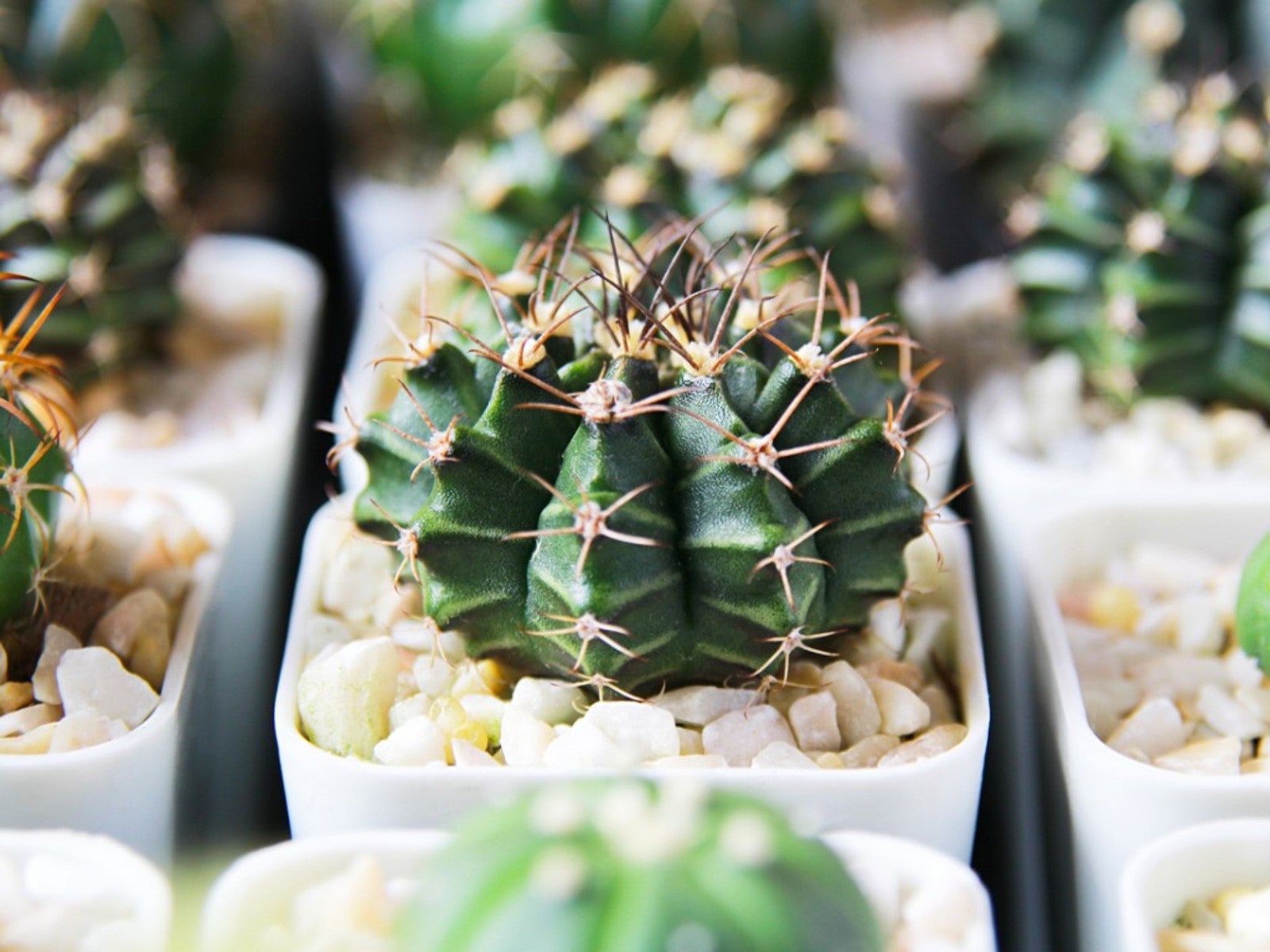 10 No Fuss Cacti - What’s The Best Low Maintenance Cactus
10 No Fuss Cacti - What’s The Best Low Maintenance CactusIf you’re thinking of adding plants to your collection, consider no fuss cacti. Click here for an easy cacti list, even for beginners.
By Becca Badgett
-
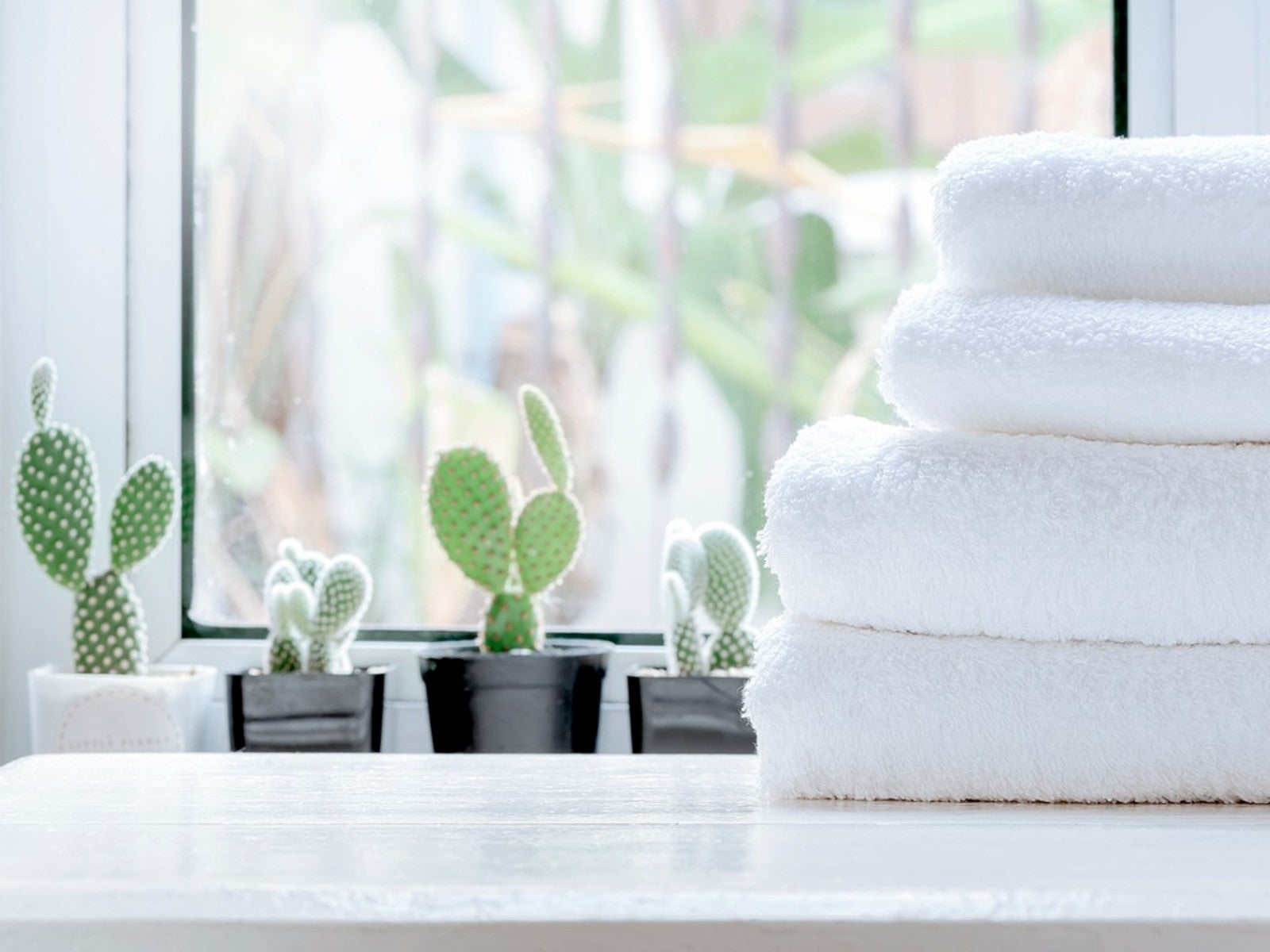 5 Best Succulents For A Bathroom
5 Best Succulents For A BathroomSome succulents can be great options for bathroom decoration. Read on for our top five bathroom succulent ideas.
By Becca Badgett
-
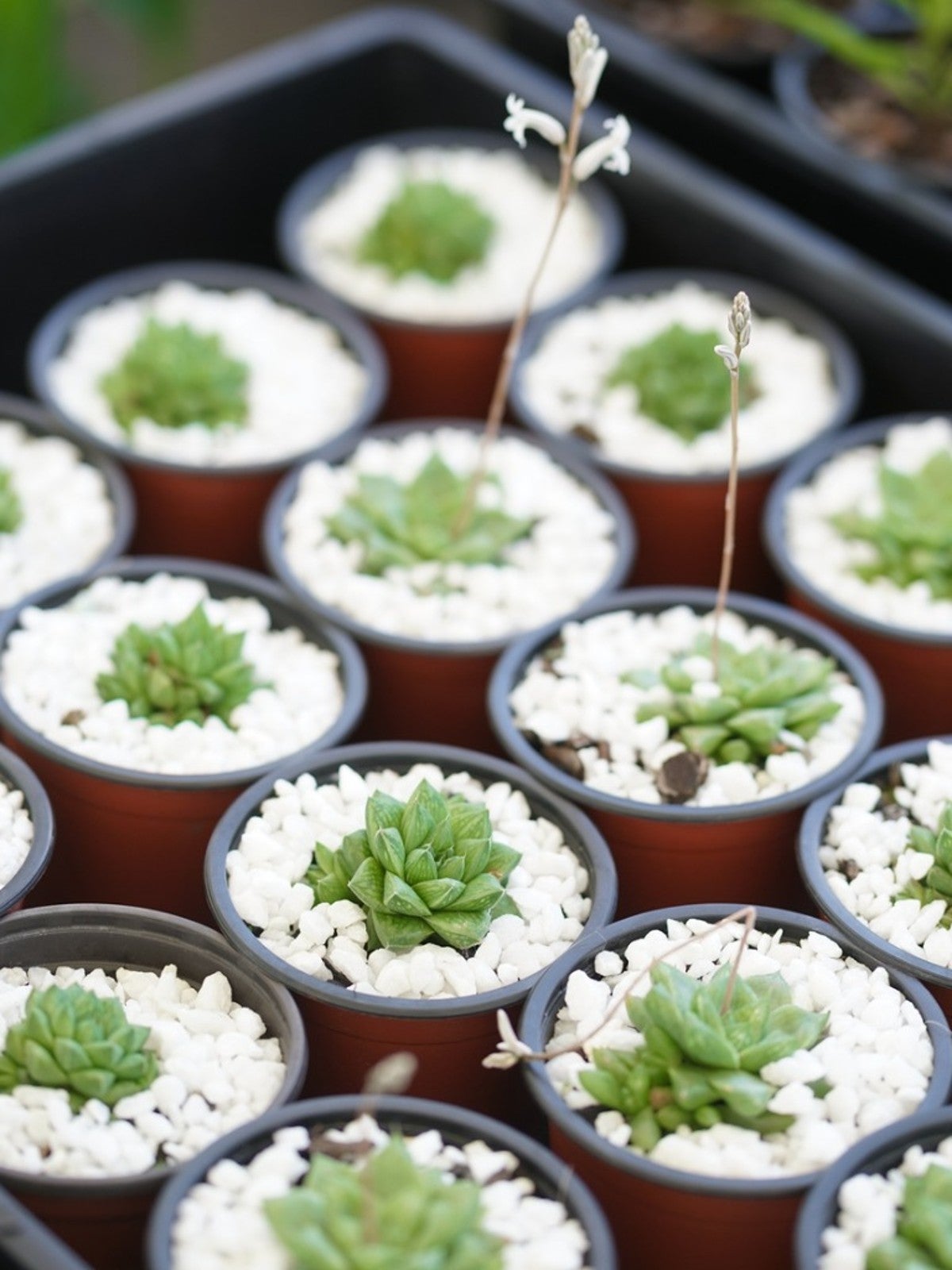 What Is A Succulent Starter Kit - Best Succulent Starter Kits
What Is A Succulent Starter Kit - Best Succulent Starter KitsWhile garden kits are not the most inexpensive option for growing succulents, they do include everything you’ll need. Grow succulents from seed by using a succulent seed starter kit to learn the process and to check your results.
By Becca Badgett
-
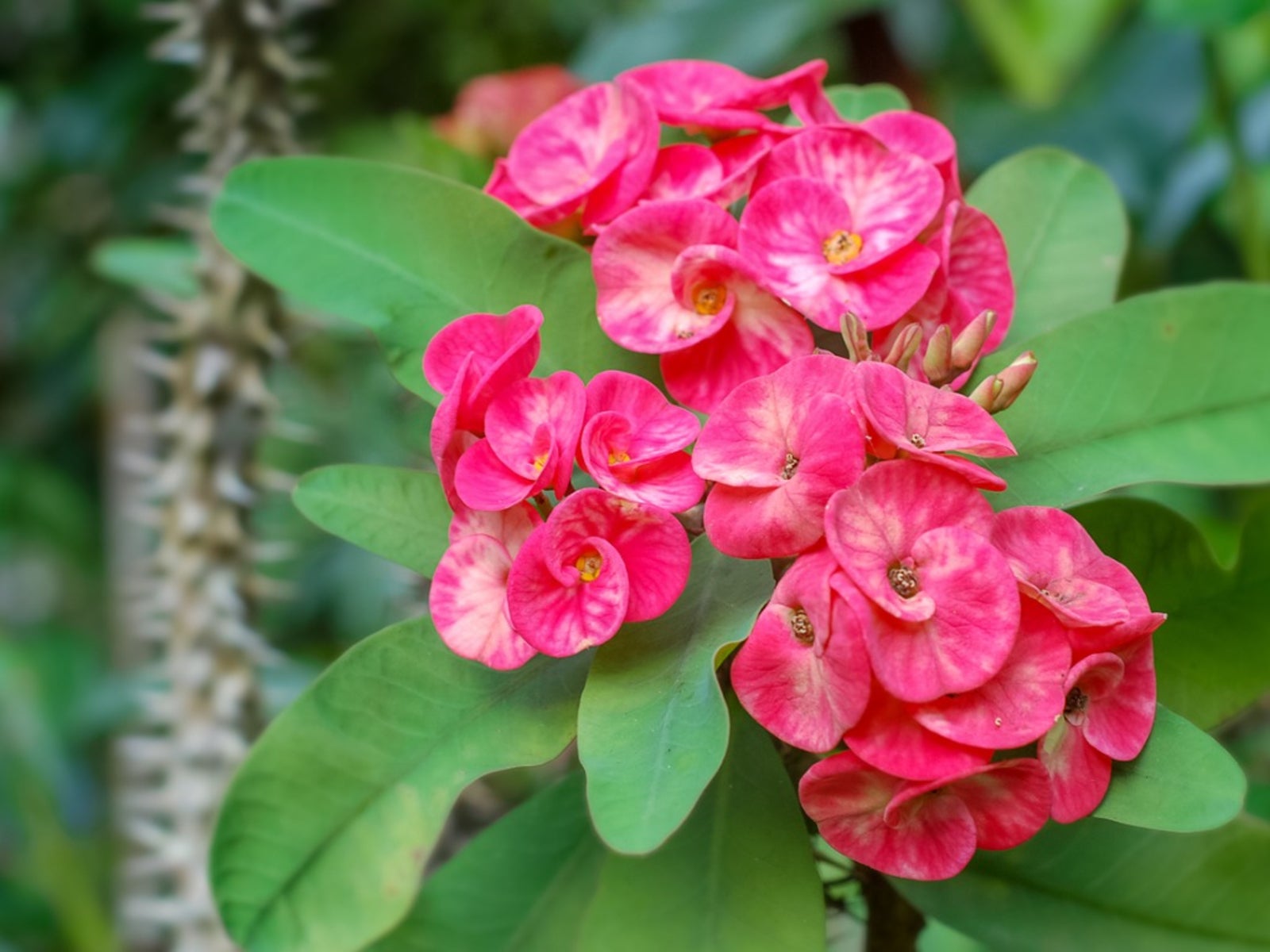 Dazzling Succulents - Succulents With Striking Flowers
Dazzling Succulents - Succulents With Striking FlowersWhen you think of succulents you may just envision their unique leaves and stems. But succulents also produce bright and bold flowers in the right conditions. Read on to learn more.
By Bonnie L. Grant